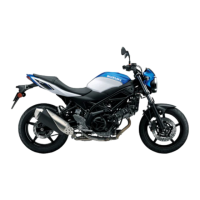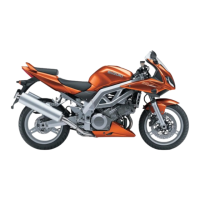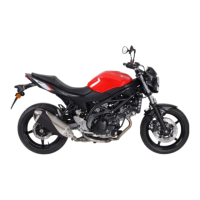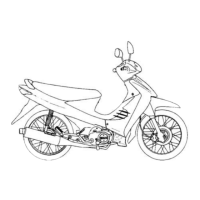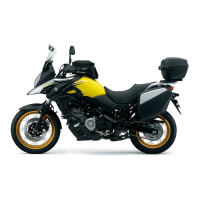As with anything, with batteries you have to know what
you’re doing. Batteries can be dangerous. But they don’t
have to be if some simple safety precautions are followed.
Basically, working with batteries poses two hazards:
potentially explosive gases that are given off during
charging, and sulfuric acid, which is very corrosive.
Here’s an 8-point list that’ll help keep those
hazards under control:
1. ABSOLUTELY NO SMOKING, SPARKS OR OPEN
FLAMES AROUND BATTERIES. Batteries can produce
hydrogen and oxygen; if they ignite the battery can rupture.
2. On conventional batteries, loosen vent caps when
charging and ventilate the entire charging area. A
build-up of hydrogen and oxygen levels in the battery
– or in the room where it’s being charged – can create
a hazard.
3. If a battery feels hot to the touch during charging,
stop charging and allow it to cool before resuming.
Heat damages the plates, and a battery that’s too hot
can rupture.
4. Never put the red sealing cap back on the
battery once you take it off. If you do,
gases trapped inside can explode. Make
sure the vent tube isn’t kinked or blocked,
for the same reason.
5. Properly connect charger to battery: positive to
positive, negative to negative. Unplug the charger or
turn it off before you disconnect the leads; that cuts
down on the chance of sparks.
6. Always wear eye protection, protective gloves and
protective clothing.
7. Clean up acid spills immediately, using a water
and baking soda solution to neutralize (1 lb. baking
soda in 1 gal. water).
8. Make sure acid container is clearly marked and
the work area is well lighted.
If sulfuric acid is swallowed or splashed in
the eyes, take immediate action. While the
diluted sulfuric acid used as electrolyte can burn the
skin, this type of injury is generally less serious.
Sulfuric acid in the eyes can cause blindness. Serious
internal injuries or death can result from ingesting sul-
furic acid.
Antidotes:
External – flush with water.
Internal – drink large quantities of milk or water,
followed by milk of magnesia, vegetable oil or
beaten eggs. Call a poison control center or
doctor immediately.
Eyes – flush for several minutes with water, get
immediate medical attention.
Battery Safety
POINTS TO REMEMBER
❐ Ventilate battery charging area.
❐ Charging gives off gases – no smoking, sparks or flames.
❐ Safety glasses or face shields protect against eye damage.
❐ Acid swallowed or in the eyes requires immediate antidotes and
medical care.
❐ All safety considerations are important... review them frequently.
8
1
SECTION
Battery Basics and Safety
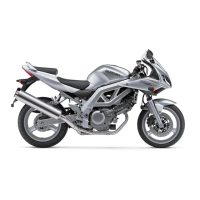
